Some of the links in this post may be affiliate links.
Neon Pothos is a gorgeous cultivar of Pothos (Epipremnum genus) with bright green chartreuse leaves. Just as easy to grow as the common Golden Pothos, it is much more brightly colored and can really pack a punch in your houseplant collection!
Keep reading to learn how to grow this beauty, and also find the answers to some commonly asked questions, as well as a brief discussion of the variegated version as well.
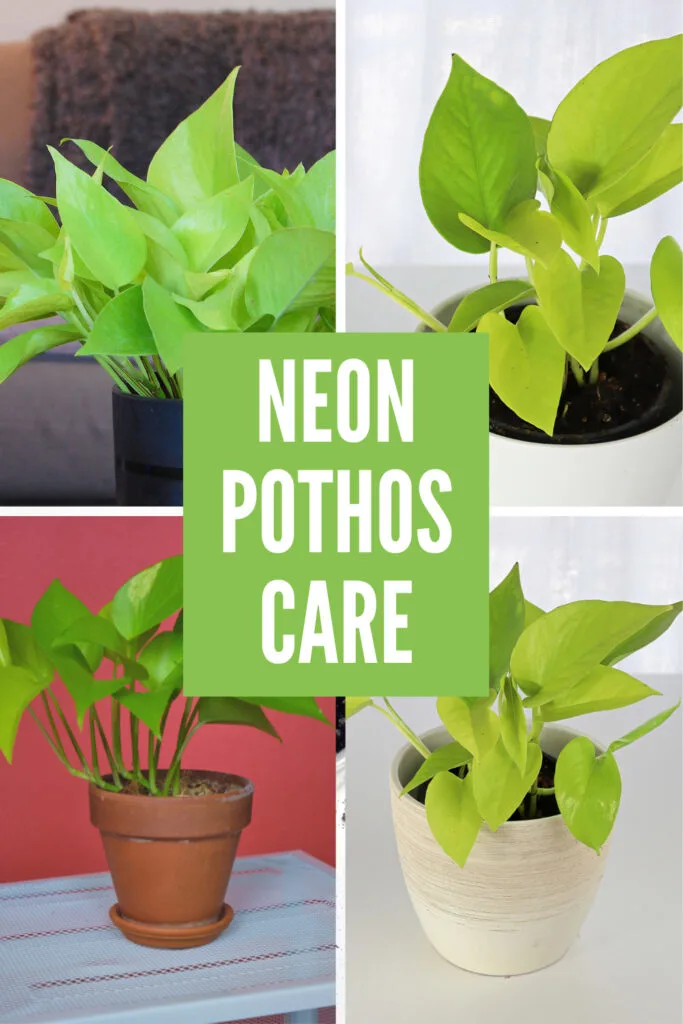
Table of Contents
Neon Pothos Plant Care
NEON POTHOS LIGHT REQUIREMENTS
There are some types of Pothos, including Golden Pothos and Jade Pothos, that can do well far from a window.
Epipremnum ‘Neon’, on the other hand, will turn greener in dim light so don’t place this plant in a dark corner.
Give your plant a nice bright window that has mostly bright, indirect light, and up to half a day of sun.
An Eastern or Western facing window would be ideal, but avoid any windows that have sun all day otherwise the color will bleach out.
Another thing to keep in mind is that the newer leaves tend to be a bit brighter in color than older leaves that tend to turn a little darker with age.
WATERING
My general rule of thumb for any Pothos is to wait until the top inch or so of the potting mix has dried out before watering.
At that point, water thoroughly until water escapes the drainage hole.
If the surface feels moist, don’t water. On the opposite end, try and not let the potting mix dry out completely as your plant will quickly decline.
Never allow your plant to sit in water for extended periods of time, otherwise your plant may suffer from root rot.
Lastly, I can not recommend a frequency of watering your plant. What works for me may not work for you because our conditions are different.
Many factors will contribute to how quickly your soil will dry out, and this includes temperature, type of soil, amount of light, humidity and more.
The best way to determine if your plant needs water is to simply feel it with your finger. Moisture meters are notoriously inaccurate so I don’t recommend using them.
Simply wait until the top inch or so feels dry, and then water at that point.
FERTILIZING
An amazing fertilizer that I recommend for any Pothos, and that you can use for any houseplant is Dyna-Gro Grow. You will notice a wonderful difference in the health and growth of your plant with this fertilizer.
I’ve been using it for years with great results!
Always follow the manufacturer’s recommendation for diluting, and don’t ignore proper light and watering!
A fertilizer should be used to enhance your plant care routine, and not be meant as a fix for cultural shortcomings.
I add about 1/4-1/2 teaspoon per gallon of water and use it at every watering.
I have a dedicated set of measure spoons to measure the liquid fertilizer and use a gallon jug to measure the water. Never eyeball amounts otherwise you can risk having a solution that is too concentrated and this can be harmful to your plants.
SOIL FOR NEON POTHOS & REPOTTING
My general potting mix that I use for Pothos is 3 parts of a good all-purpose potting mix plus 1 part perlite.
This will provide a well draining, yet moisture retentive mix, that theses plant will enjoy.
If you’re looking for an amazing potting mix that you can use straight out of the bag for your Pothos, check out the Tropical Climber Soil Blend from Oh Happy Plants. This is an amazing mix and you will get 10% off at checkout automatically if you use my link.
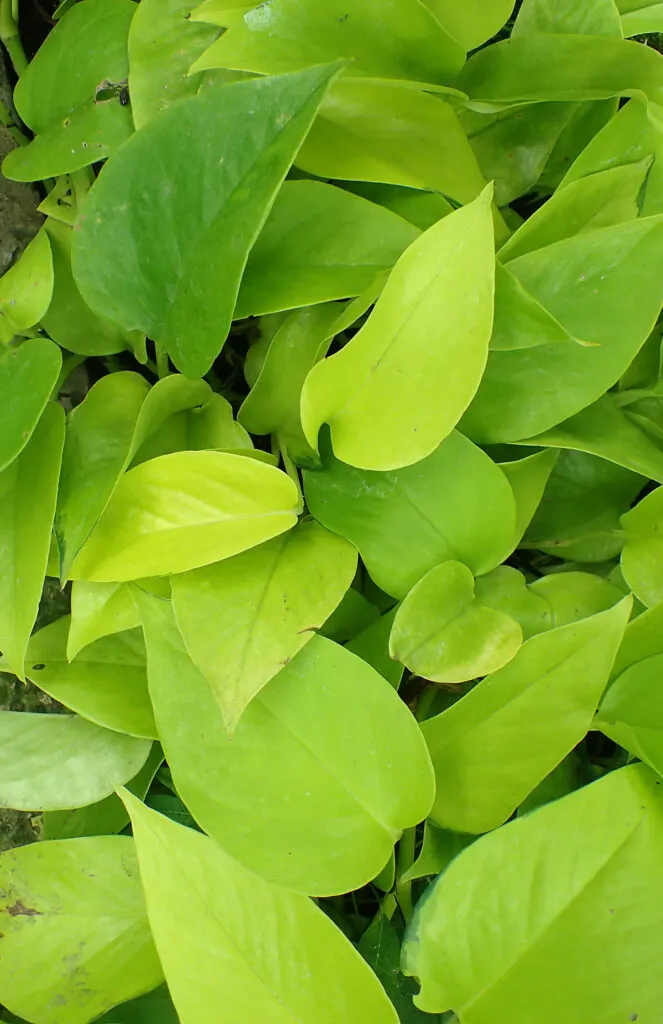
ALWAYS use pots that have a drainage hole. The risk of root rot becomes too great if you don’t.
Although it is possible to grow them in pots without drainage holes, you have to be too careful while watering and the risk is not worth it so don’t make it harder on yourself.
When it comes time to repot, a good rule of thumb is to place it in a pot that is just one size bigger than the previous pot. Otherwise if you go too big, it may cause the soil to take to long to dry out.
Be sure to loosen the roots a bit before you give your pothos a new home. I like to make sure that my plant has been watered before repotting. This will make it easier to tease the roots apart.
Failing to loosen the root ball on a plant that is very root bound will make it much more difficult for the plant’s roots to continue growing.
TEMPERATURE & HUMIDITY
Being native to French Polynesia, Pothos like it warm, and if your temperatures are too cool in your home, they will stall and the growth rate will be poor.
Ideally, keep your plants in a minimum nighttime temperature of at least 60F (15.5C) and daytime temperatures at least around 68F (20C) or higher.
From personal experience, cooler temperatures will greatly slow down or even halt the growth of your plant, so give them a warm spot for best growth.
Before we replaced the windows in our sunroom, the room got pretty chilly and my pothos plants basically stopped growing. This is not a good plant for rooms that remain chilly.
Average indoor humidity is perfectly acceptable, although they would appreciate higher humidity if you can provide it.
NEON POTHOS CUTTINGS & PROPAGATION
Propagating this plant is easy by simply taking cuttings. If you’d like a nice full, plant, you would have to take several cuttings and plant them all in the same pot.
If you just start off with one or two cuttings, you will never achieve a busy plant, that is, if that’s what you’re looking for.
You can maximize your propagation material by taking multiple single node cuttings.
For a step-by-step guide on propagating ANY Pothos, read my post Where to Cut Pothos to Propagate – Simple Steps With Pictures.
Variegated Neon Pothos
There are two ways to obtain a variegated ‘Neon’. The best way is simply to purchase one that is already variegated.
The other way to sometime get a variegated plant is to start out with a plain ‘Neon’.
Sometimes a sport will spontaneously occur and suddenly you have a variegated plant! Sometimes they will have green variegation and sometimes white.
It’s impossible to predict so you never know what you may get sometimes.
If you do have a variegated plant, and it is starting to grow non variegated leaves, one thing you can do is cut the vine all the way back to a leaf that exhibits variegation.
This can encourage the vine to start growing variegated leaves again.
COMMONLY ASKED QUESTIONS
Do Neon pothos grow fast?
In ideal conditions, Neon pothos can grow pretty quickly. Light and warmth are the most significant factors in growth rate.
How big does neon pothos get?
It is a vining plant and it can reach several feet long or more indoors.
How do you make neon pothos more neon?
If you keep your plant in an environment that is too dark, your plant is probably not getting enough light. Increase your light and you should get better coloration in your foliage.
Does Neon pothos like to be misted?
It is not necessary to mist your plant. Misting does nothing to increase humidity. If you’d like to increase humidity, use a humidifier instead.
How much light does Neon Pothos require?
At a minimum, place your plant right in front of a window that receives bright, indirect light, and up to about half a day of direct sun.
How long does the Neon Pothos plant live?
The plant can live indefinitely. If your vines start to get too bare, you can always propagate and make new plants to keep them going.
Why are my Neon pothos leaves turning yellow?
Check your potting mix. If it has gone completely dry, this can cause your leaves to turn yellow. Also, if you are giving your plant too much direct sun, it can cause the entire plant to turn a more yellowish color. There are many other reasons why this can occur, so check out my blog post on why houseplants get yellow leaves.
Is Neon Pothos Toxic?
Pothos contains calcium oxalate crystals which makes them toxic to pets and humans, according to the ASPCA.
RELATED CONTENT
If you are interested in other varieties of Pothos, I’ve written about my favorite ones in this blog post, Pothos Varieties so be sure not to miss it!
Is your Pothos not rooting? Be sure not to miss my blog post on 10 reasons why your cuttings are not rooting.

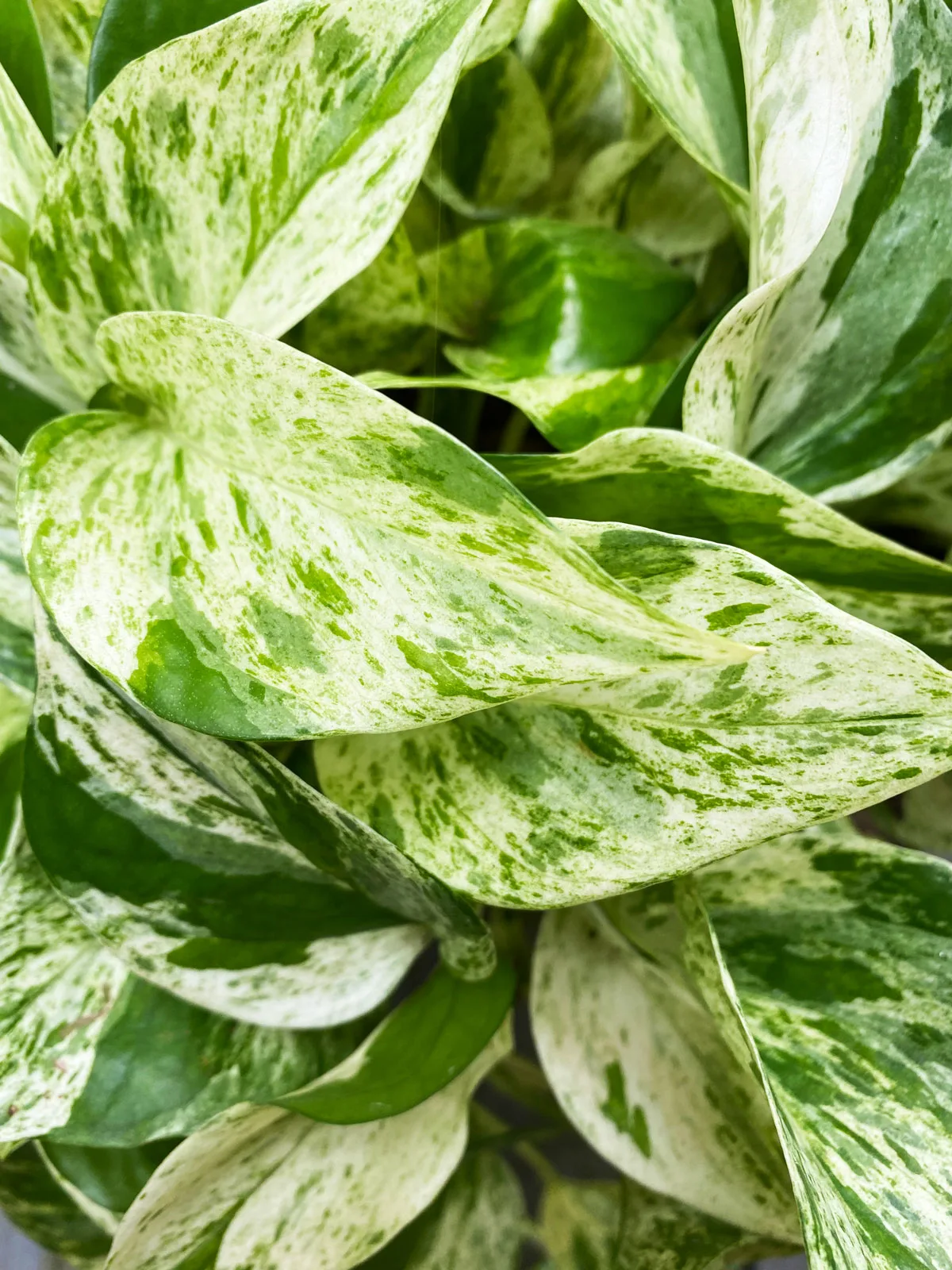
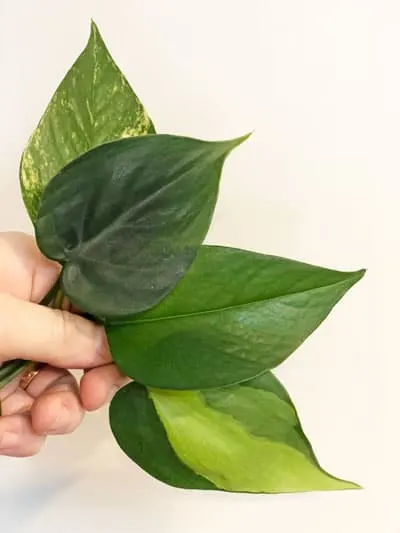
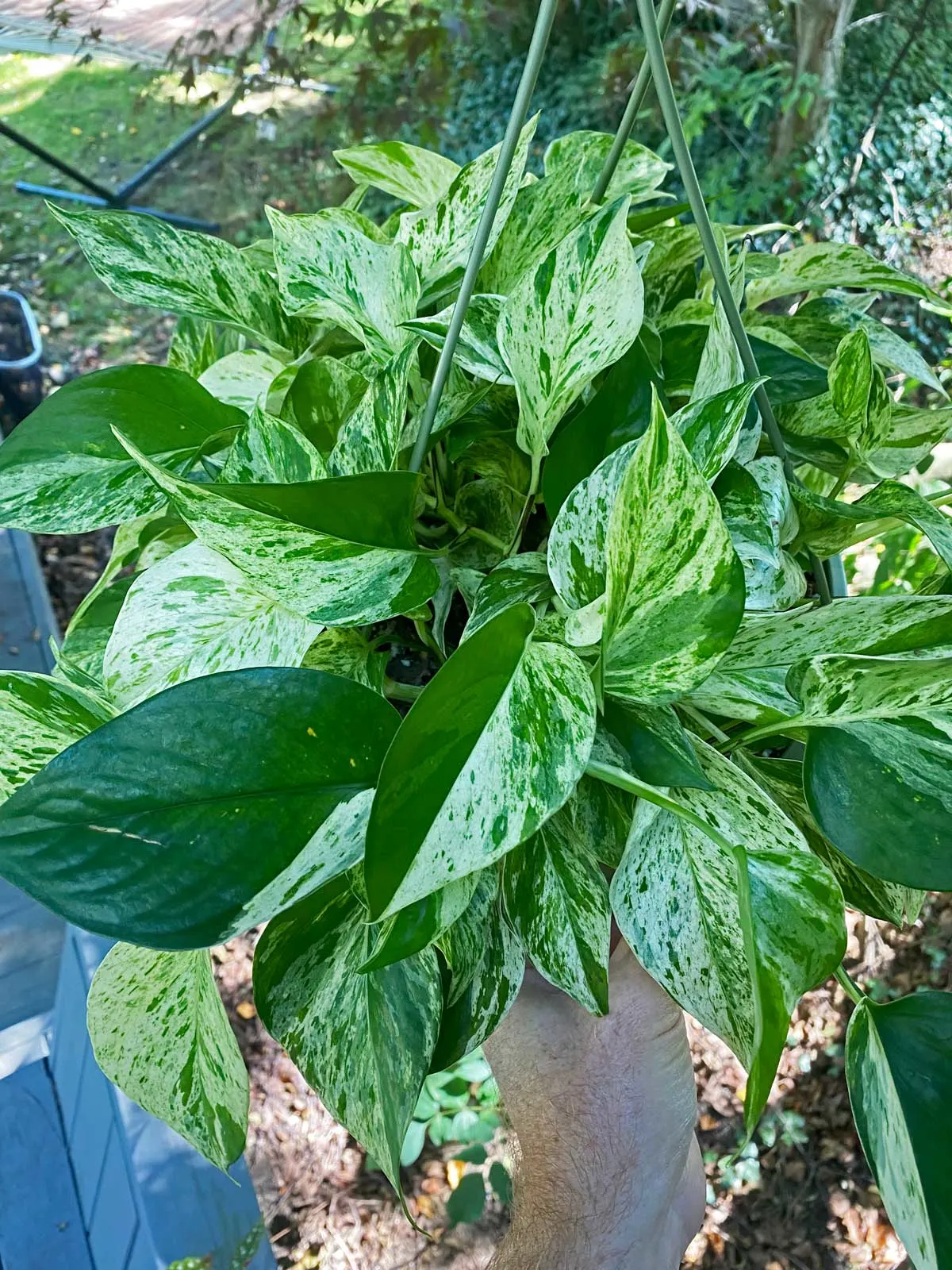
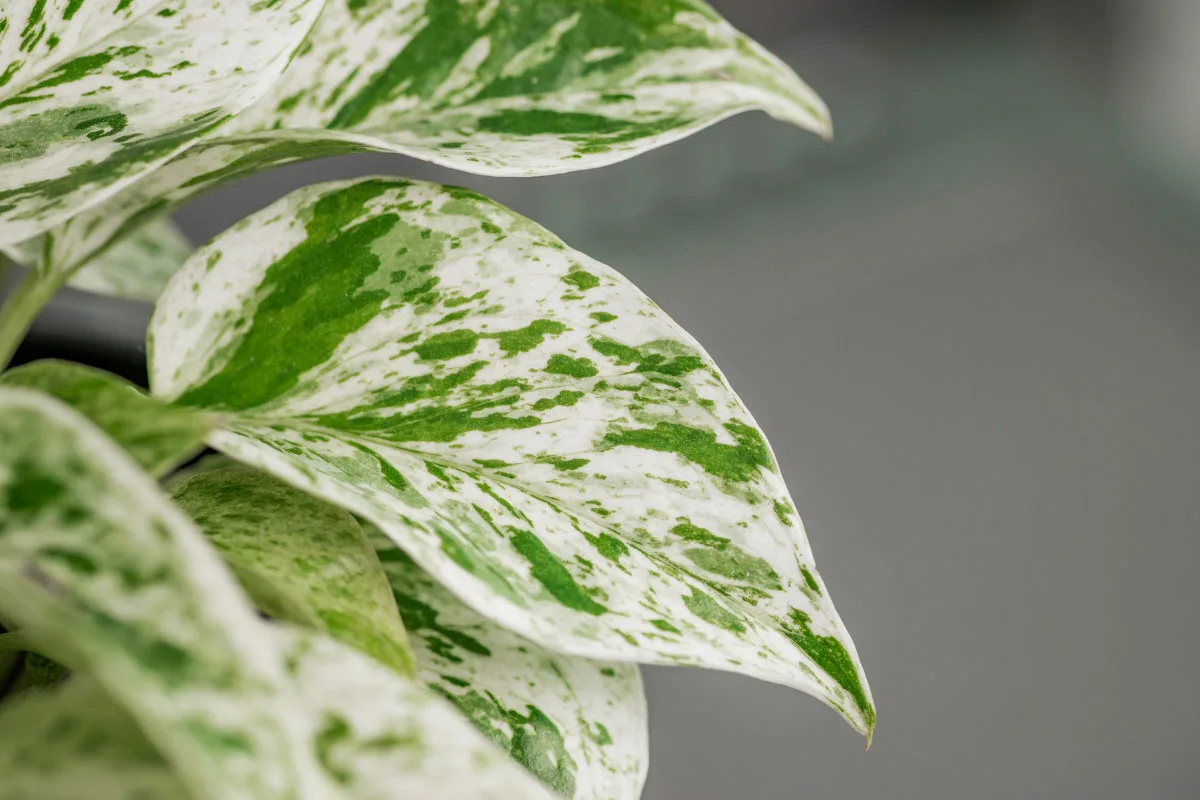
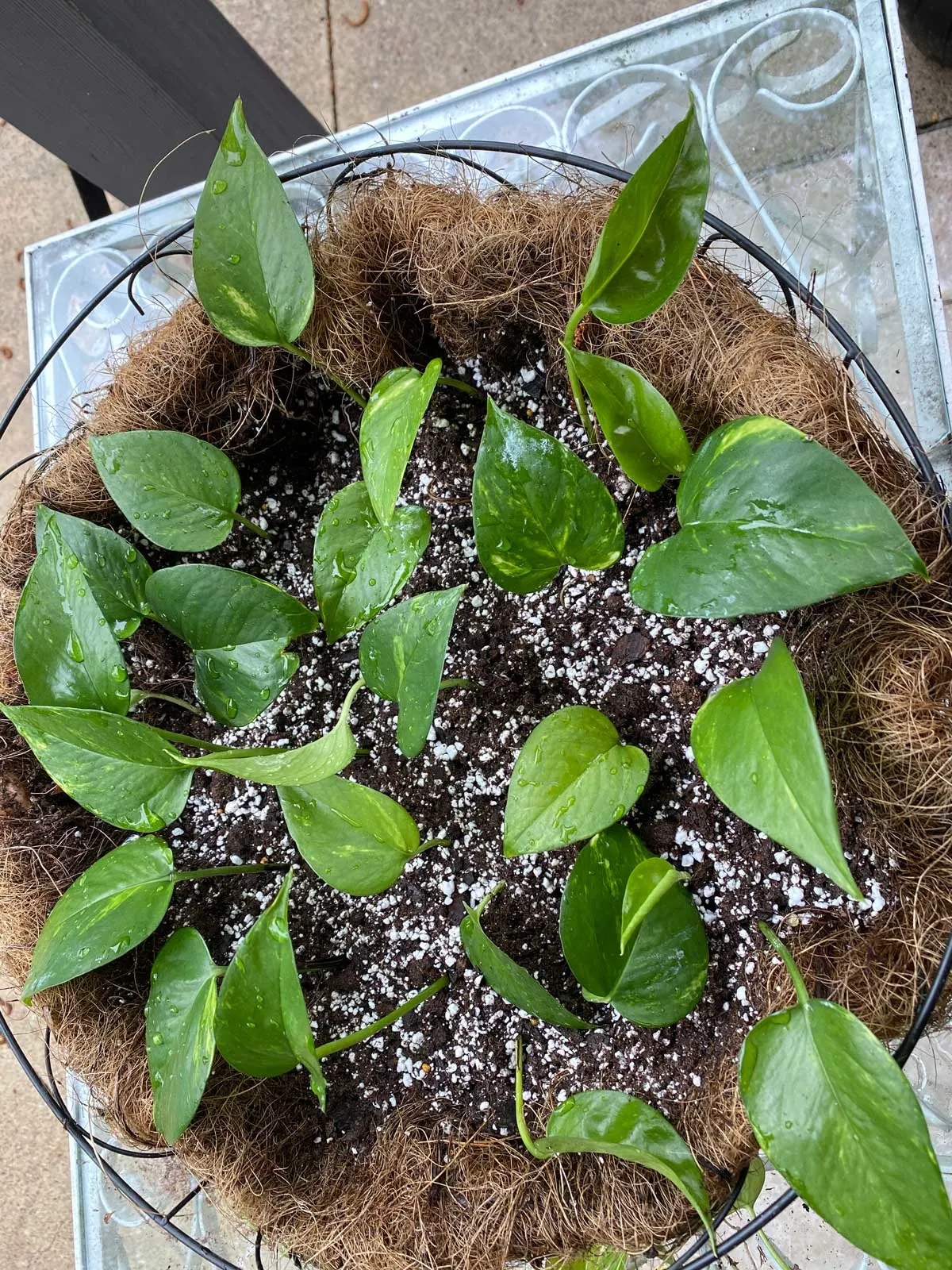
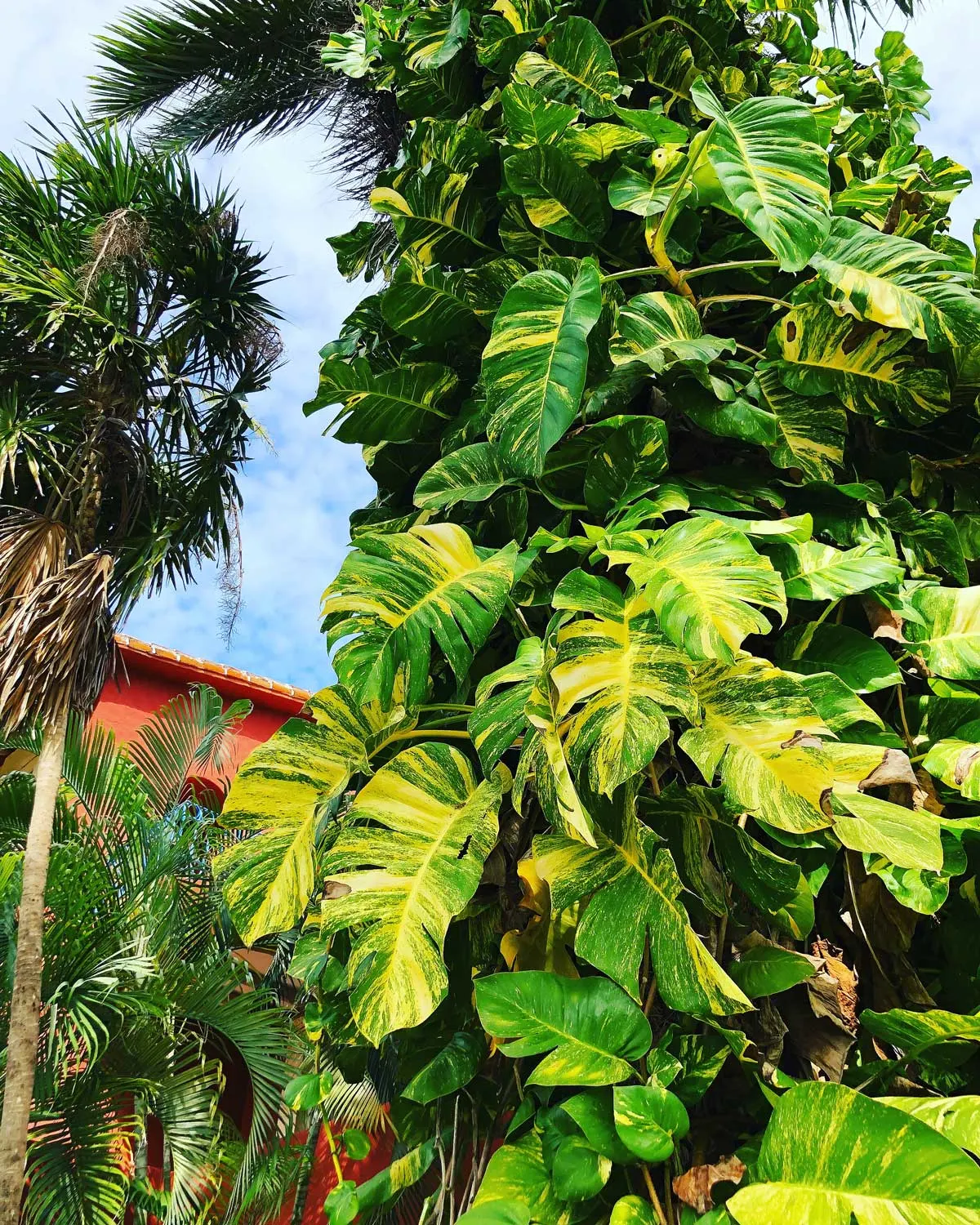
Rollie Sanchez
Wednesday 24th of April 2024
I just bought my neon pothos about a week ago. Upon re-potting I noticed that the seller used just pure rice hull. I put my ready soil mix at the bottom and my neon pothos along with the rice hull on top. The growth is simply amazing! New leaves kept on popping up! Sadly this is not what is happening with my existing golden pothos.
Should I shift for the pure rice hull as well? Thanks in advance.
Raffaele Di Lallo
Friday 26th of April 2024
Hi Rollie! I wouldn't recommend switching to rice hulls. I would try and figure out what's going on with your existing Golden Pothos. There are many factors to consider, and long-term, your plant will be better off in a regular potting mix. I can try and help more with your existing plant, but need more details.